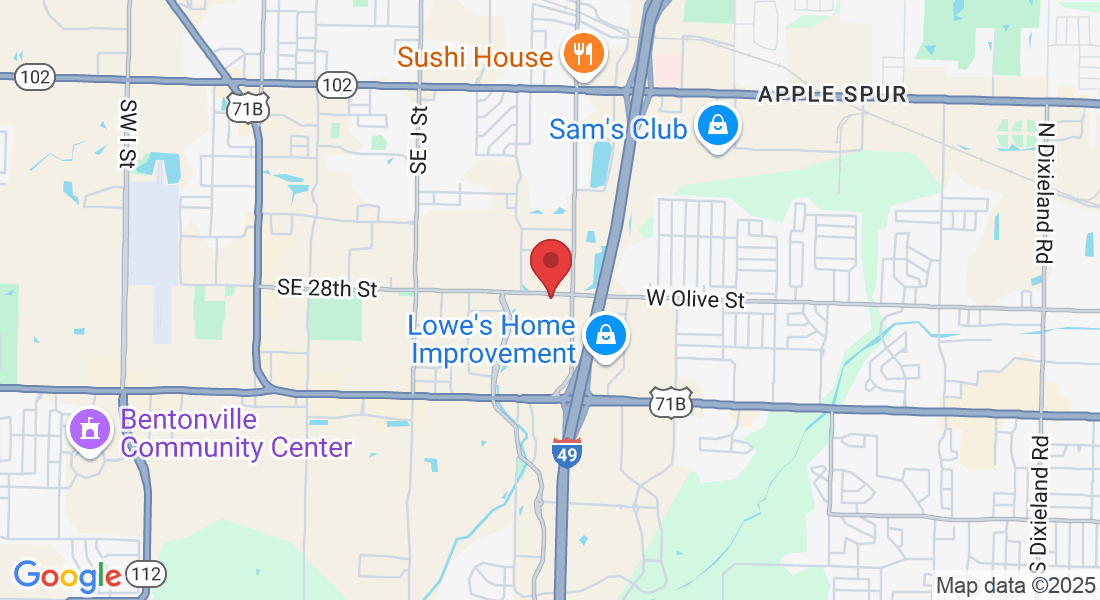Deep Tissue Laser
What is Laser Therapy?
Laser therapy is an FDA-approved medical treatment that offers patients a non- invasive way to relieve persistent forms of pain. Laser therapy stimulates the process of cellular structure using light focused with special equipment. This type of therapy treats cells by tapping into cellular mitochondria and setting off biological chain reactions. During this process, photons from the focused light penetrate the Cytochrome C complex inside of the cellular mitochondria, creating reactions that lead to a wide range of health benefits including improved microcirculation to injured tissue, reduced pain, minimization of muscle spasms, and general increases in cellular metabolism.
Reform Chiropractic & Joint Health is now offering deep tissue laser therapy that helps reduce pain and inflammation, which will be followed by a treatment plan appropriate for your medical needs. Schedule an appointment today to consult with one of our doctors about the benefits laser therapy and see if this treatment is right for you.
How Does Laser Therapy Work?
Laser therapy works by stimulating a process called photobiomodulation (PBM) in which photons enter the tissue and interact with the Cytochrome C complex within mitochondria. To receive the best therapeutic outcomes from laser therapy, a sufficient amount of light must reach the target tissue. Factors that maximize reaching target tissue include:
Light Wavelength
Reducing Reflections
Minimizing Unwanted Absorption
Power
TREATMENT SOLUTIONS
Laser therapy is used to treat acute and chronic conditions as well as post-activity recovery. It is also used as another option to prescription drugs, a tool to prolong the need for some surgeries, as well as pre and post- surgery treatment to help control pain and swelling.
Acute Conditions
Therapy lasers for acute conditions are particularly effective when administered as soon as the injury has occurred (assuming there is no active hemorrhaging). Bringing pain under control quickly helps the healing process and usually helps promote better outcomes.
Chronic Conditions
With chronic conditions, research has shown that therapy lasers can be used to help combat persistent pain and promote circulation to damaged tissues. It can be a powerful, non- pharmaceutical solution to reduce pain without the side effects of medication.
Post-Activity Recovery
Laser Therapy can be found on the sidelines of many pro, college, and Olympic sports teams across the United States and many parts of Europe and Asia. Laser therapy has been shown to improve post-activity recovery times and reduce delayed onset muscle soreness (DOMS).
What Type of Laser is used in our Facility?
Reform Chiropractic & Joint Health uses a Class IV Laser with our deep tissue therapy. Our Class IV Laser is the most technologically advanced laser that provides the highest wattage. Higher wattage also results in faster treatment times and provides changes in pain complaints that are unachievable with low power lasers. Class IV therapy lasers provide more energy to deep structures in less time. This ultimately assists in providing an energy dose that results in positive, reproducible outcomes.
OUR LASER
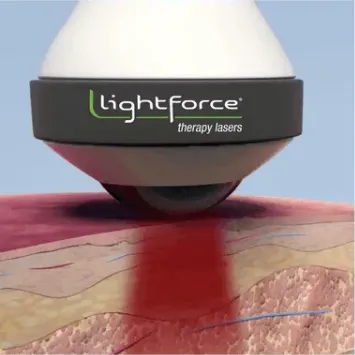
Class IV Laser (High Intensity)
OTHER LASERS
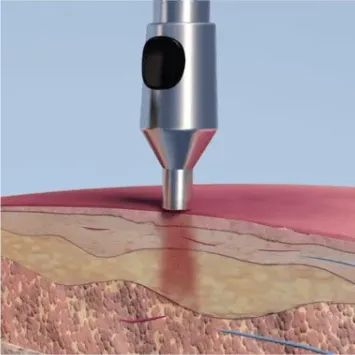
Class IIIb Laser (Low Intensity)
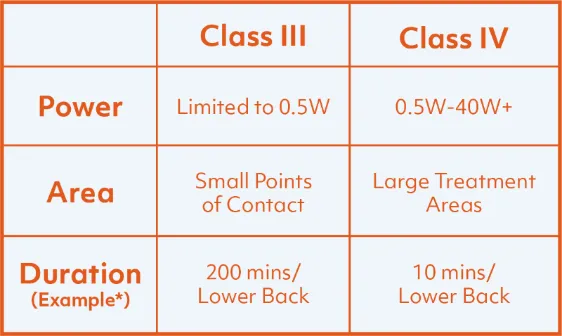
Applications of Laser Therapy
Our therapy lasers have useful applications in treating the following painful conditions:
-Back Pain
-Neck Pain
-Shoulder Pain
-Elbow/Joint Pain
-Sciatica
-Arthritis
-Soft Tissue Damage
-Sports Injuries
-Temporomandibular Joint Disorder (TMJ)
Research
“THE EFFECT OF HIGH-INTENSITY VERSUS LOW-LEVEL LASER THERAPY IN THE MANAGEMENT OF PLANTAR FASCIITIS: A RANDOMIZED CLINICAL TRIAL”
We aimed to compare the efficacy of low-level laser therapy (LLLT) and high-intensity laser therapy (HILT) in the treatment of plantar fasciitis (PF). Seventy patients were randomized into either the LLLT (8 men, 27 women; mean age 48.65 ± 10.81 years) or HILT (7 men, 28 women; mean age 48.73 ± 11.41 years) groups. LLLT (904 nm) and HILT (1064 nm) were performed three times per week, over a period of 3 weeks. Each treatment combined with silicone insole and stretching exercises.
Three weeks later, both groups showed significant improvement in all parameters (p < 0.05). The HILT group demonstrated better improvement in all parameters than the LLLT group. Although both treatments improved the pain levels, function, and quality of life in patients with PF, HILT had a more significant effect than LLLT.”
Published: Lasers in Medical Science, 2018 Aug;33(6):1363-1369.
(479) 250-9834
2308 SE 28th St. Suite #8
Bentonville, AR 72712
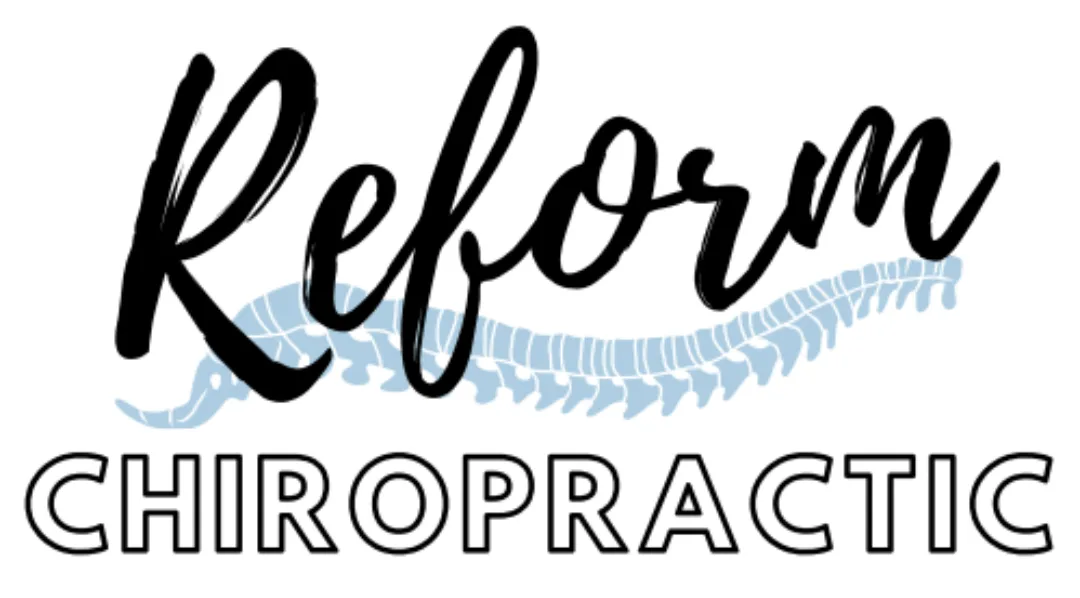
© Copyright 2024

